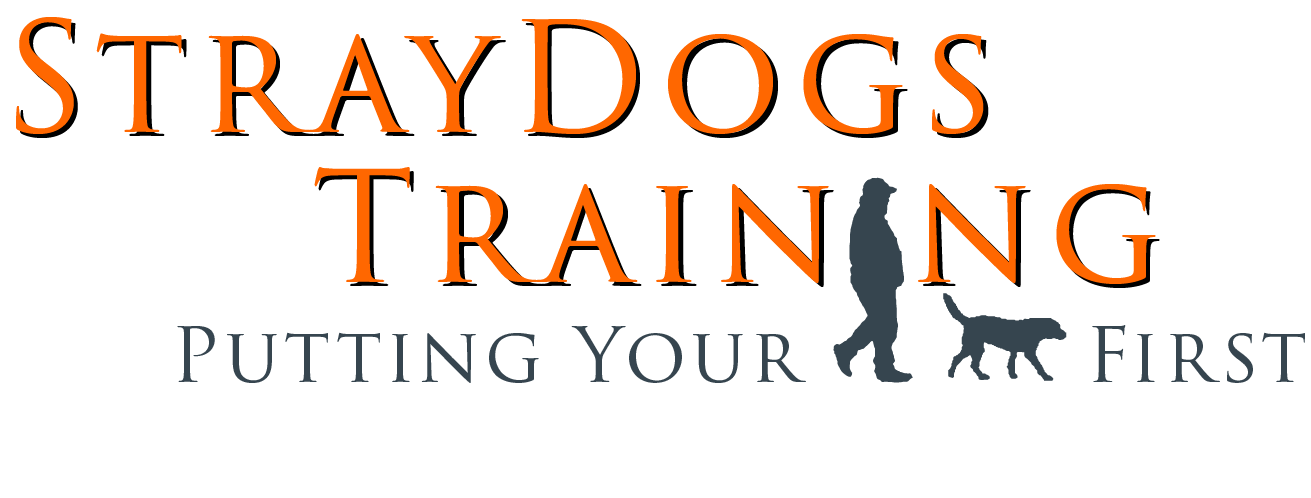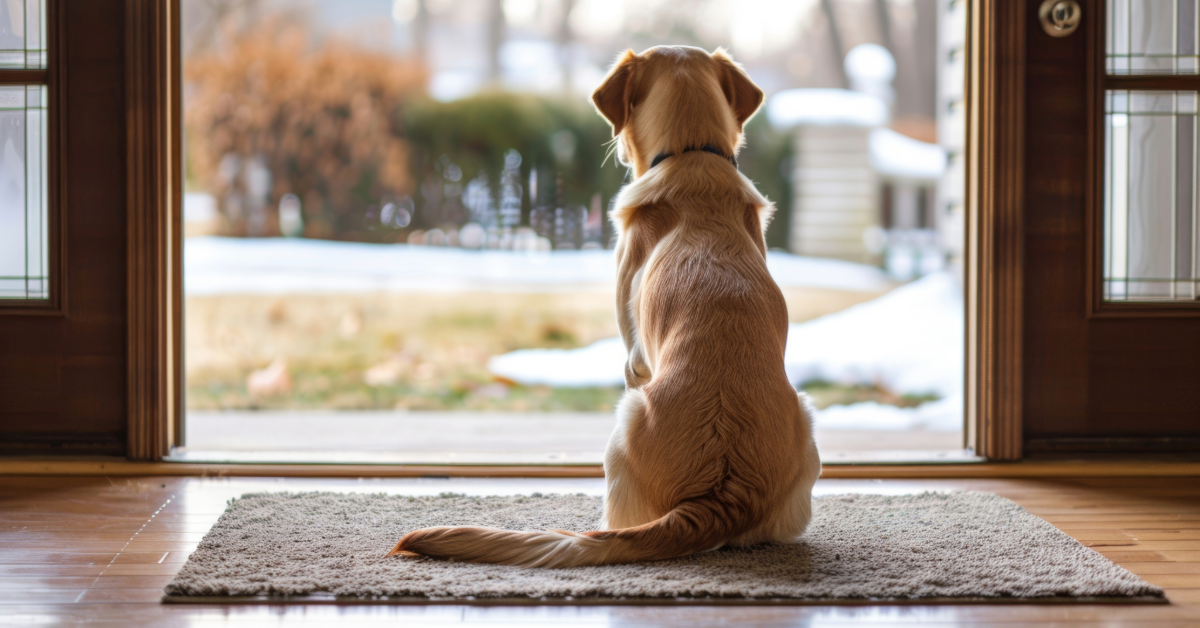Why Boundary Training Matters
Boundary training—teaching your dog not to cross certain thresholds without permission—is more than just a party trick. It is an essential skill that helps:
- Prevent door-dashing and car-related accidents
- Reduce stress during storms or chaotic situations
- Improve overall impulse control and safety
- Create a calmer, more respectful home environment
Whether it is guests arriving, kids running in and out, or a door accidentally left open during a power outage, a solid “wait” command can keep your dog safe and grounded.
What is the “Wait” Command?
“Wait” tells your dog to pause and not cross a threshold—whether that is a front door, a baby gate, or the open back of your SUV—until released. It differs from “stay,” which asks your dog to remain in a specific position.
Examples of thresholds where “wait” can be used:
- Front or back door
- Crate door
- Car door
- Gate to the backyard
- Interior doorways during guest arrival or cleaning
This command is especially useful in storm season, when unexpected chaos (thunder, lightning, guests coming in and out) can lead to impulsive or fearful behavior.
Step-by-Step: How to Teach “Wait” at the Door
Step 1: Pick a Low-Distraction Environment
- Start indoors at a closed door (front, back, or even the bathroom door). Have your dog on a leash to prevent bolting.
Step 2: Approach the Door Together
- Ask your dog to sit.
- Say “wait” in a calm, firm tone.
- Begin to open the door slightly.
- If your dog moves forward, gently close the door.
Step 3: Reward the Pause
- When your dog pauses and does not cross the threshold, mark it with “yes!” and give a treat.
- Open the door wider in small increments, repeating the process.
Step 4: Add the Release Cue
- Once your dog is consistently waiting, add a release word like “OK” or “free.”
- Only allow them to move forward after this cue.
Step 5: Practice With Other Boundaries
- Move to other doors, gates, the car, or crate.
- Change your position and the level of distraction (try it when guests are arriving or kids are moving around).
Real-Life Uses for Boundary Training
🌀 During Storms
Dogs often panic during storms. A strong “wait” helps them avoid darting outside if a door blows open or if you are moving in and out quickly.
🚪 When Guests Arrive
Prevent door dashing or jumping by having your dog wait calmly behind a boundary until they are invited to greet.
🚗 Loading Into the Car
Avoid unsafe jumping or lunging into the street. Use “wait” to keep your dog steady until you release them into or out of the vehicle.
👶 Kid Safety
If you have little ones running in and out of doors or gates, boundary training ensures your dog does not get caught in the chaos—or cause it.
Tips for Success
- Keep sessions short. Just 3–5 minutes a few times a day is enough.
- Use high-value rewards. Especially in the beginning or when distractions are present.
- Stay consistent. Practice at every doorway or gate until it becomes second nature.
- Do not rush the release cue. Your dog should wait until released—every single time.
Troubleshooting Common Problems
My Dog Keeps Bolting Through the Door
Go back to the basics. Use a leash and work with smaller door openings. The moment they move forward, calmly close the door and try again.
My Dog Gets Too Excited Around Guests
Practice with a family member pretending to be a guest. Add distractions gradually and reinforce the “wait” with treats and calm praise.
My Dog Ignores the Cue Outside
Train in low-distraction areas first. Once your dog is consistent indoors, gradually move to more stimulating environments.
Boundary Training Builds Trust
Teaching your dog to respect boundaries builds more than just good manners—it builds trust. Your dog learns that you are in control of their safety, and you learn to rely on their ability to pause, even in moments of chaos.
Final Takeaway
Boundary training with a strong “wait” command can literally save your dog’s life. From unpredictable storms to unannounced guests, this skill gives your dog the impulse control to stay safe and calm—no matter what is happening around them.
Ready to Take Your Dog’s Manners to the Next Level?
Struggling with door manners or distracted behavior? Check out our in-home training programs at StrayDogs Training—customized to fit your dog’s needs and your lifestyle.

